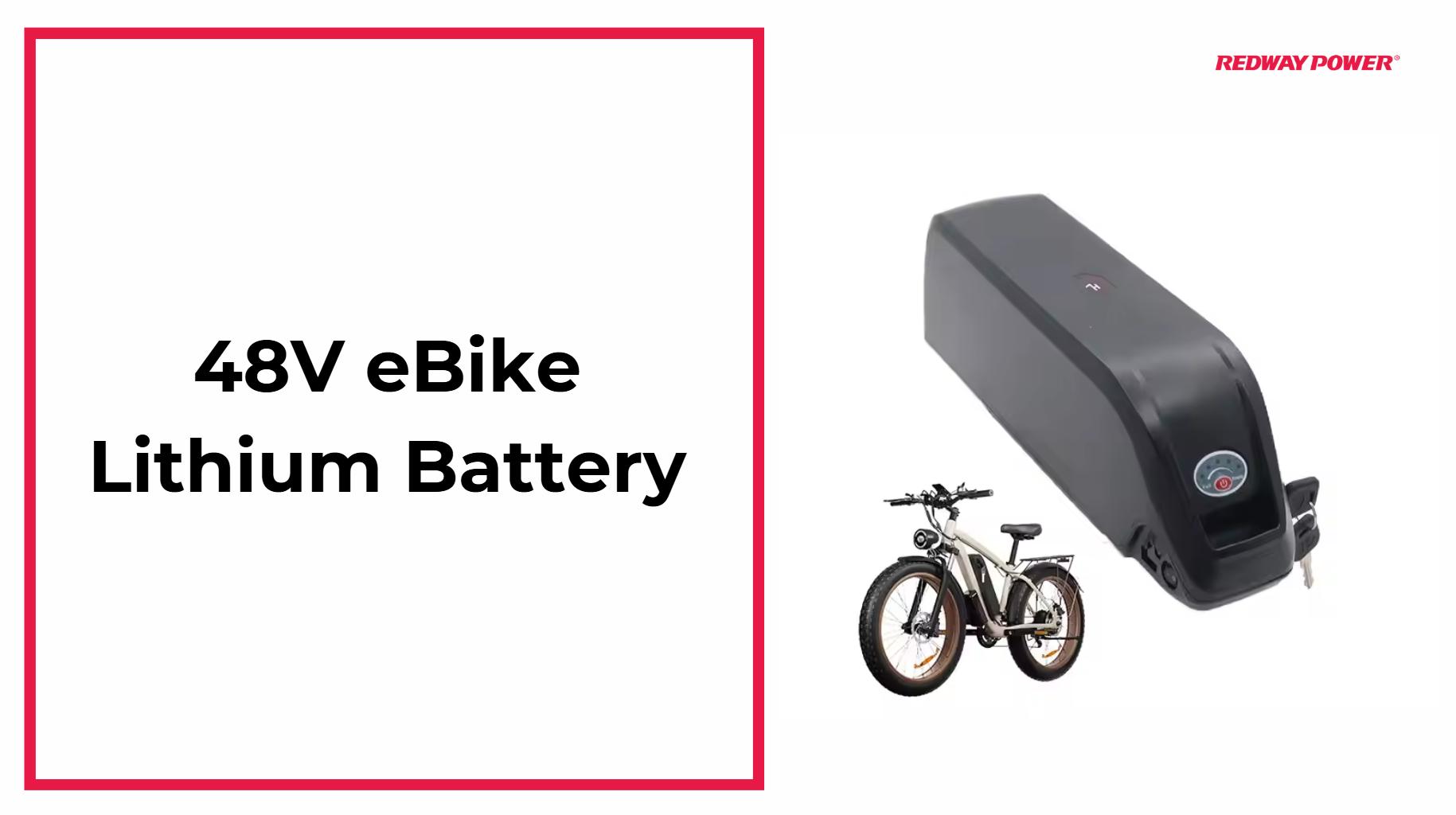How Far Will a 48V 1000W E-Bike Go?
A 48V 1000W e-bike typically has a range of 25 to 50 miles on a single charge, depending on various factors such as rider weight, terrain, and battery capacity. Understanding these dynamics is essential for optimizing your riding experience and ensuring you can travel the distances you need.
How far can a typical 48V 1000W e-bike travel?
The range of a 48V 1000W e-bike can vary widely based on several factors. Generally, riders can expect anywhere from 25 to 50 miles per charge under normal conditions. For instance, an e-bike with a 48V battery and 17.5Ah capacity may provide around 40 miles in flat terrain with moderate pedaling.Chart: Estimated Range Based on Battery Capacity
| Battery Capacity (Ah) | Estimated Range (Miles) |
|---|---|
| 10 | 25 |
| 15 | 35 |
| 17.5 | 40 |
| 20 | 50 |
What factors influence the range of a 48V e-bike?
Several key factors affect how far a 48V e-bike can travel:
- Battery Capacity: Higher capacity batteries (measured in Ah) provide more energy, extending range.
- Rider Weight: Heavier riders require more power, reducing overall distance.
- Terrain: Hilly or rough terrain demands more energy than flat surfaces.
- Speed and Riding Style: Higher speeds and aggressive acceleration consume more battery power.
Chart: Factors Influencing E-Bike Range
| Factor | Impact on Range |
|---|---|
| Battery Capacity | More Ah = Longer range |
| Rider Weight | Heavier = Shorter range |
| Terrain | Hills reduce distance |
| Speed | Faster = More power used |
Why does battery capacity matter in determining distance?
Battery capacity is crucial because it determines how much energy is stored in the battery. A higher amp-hour (Ah) rating means that the battery can deliver more power over time, increasing the potential distance that can be traveled before needing a recharge. For example, a 20Ah battery will generally allow for longer rides compared to a 10Ah battery, assuming similar conditions.Chart: Battery Capacity vs. Distance
| Battery Capacity (Ah) | Estimated Distance (Miles) |
|---|---|
| 10 | ~25 |
| 15 | ~35 |
| 20 | ~50 |
How do rider weight and terrain impact e-bike performance?
Rider weight significantly impacts how much power is required to maintain speed and climb hills. A heavier rider will consume more battery power, reducing range. Similarly, riding on hilly terrain requires more energy than flat roads, leading to shorter distances traveled on a single charge.Chart: Impact of Rider Weight on Performance
| Rider Weight (lbs) | Estimated Range (Miles) |
|---|---|
| 150 | ~40 |
| 200 | ~35 |
| 250 | ~30 |
What are some real-world examples of range for 48V e-bikes?
Real-world examples indicate that various models achieve different ranges based on their specifications:
- A typical commuter e-bike with a 48V battery may achieve around 30 miles with moderate pedaling.
- Performance-oriented models equipped with larger batteries may reach up to 50 miles, especially under optimal conditions.
Chart: Real-World E-Bike Ranges
| E-Bike Model | Battery Capacity (Ah) | Estimated Range (Miles) |
|---|---|---|
| Commuter Model | 15 | ~30 |
| Mid-range Performance | 17.5 | ~40 |
| High-performance Model | 20 | ~50 |
How can you maximize the range of your e-bike?
To extend the range of your 48V e-bike, consider these best practices:
- Maintain Proper Tire Pressure: Keeping tires inflated optimally reduces rolling resistance.
- Use Eco Mode: If available, use energy-saving modes to extend battery life.
- Reduce Speed: Slower speeds generally consume less power.
- Plan Routes Wisely: Choose flatter routes when possible to conserve energy.
Chart: Tips for Maximizing E-Bike Range
| Tip | Benefit |
|---|---|
| Maintain Tire Pressure | Reduces energy loss |
| Use Eco Mode | Extends battery life |
| Reduce Speed | Conserves power |
| Plan Routes | Minimizes effort |
Industrial News
Recent advancements in electric bike technology have led to improvements in battery efficiency and performance metrics for models like the 48V 1000W e-bike. Innovations focus on enhancing motor efficiency while ensuring safety standards are met, allowing for greater speeds and longer ranges without compromising reliability.Redway Expert Insight
“Understanding how various factors influence your e-bike’s performance is crucial for maximizing your riding experience,” states an industry expert. “By optimizing weight, maintenance, and riding conditions, users can significantly enhance their riding experience while safely enjoying longer distances.”


